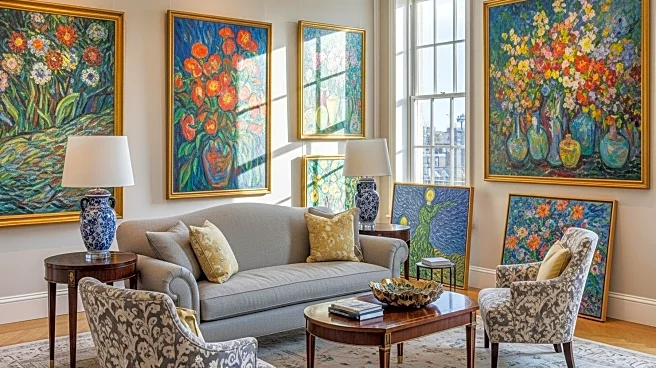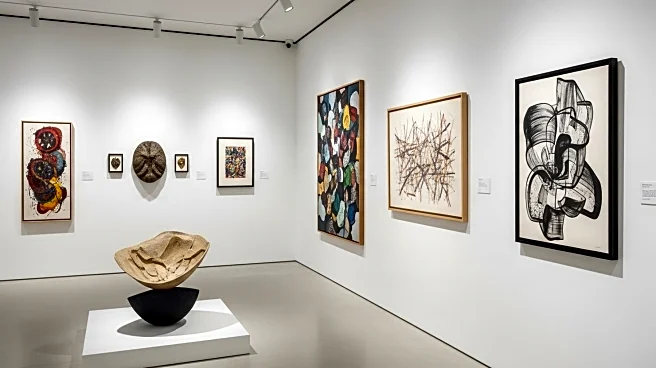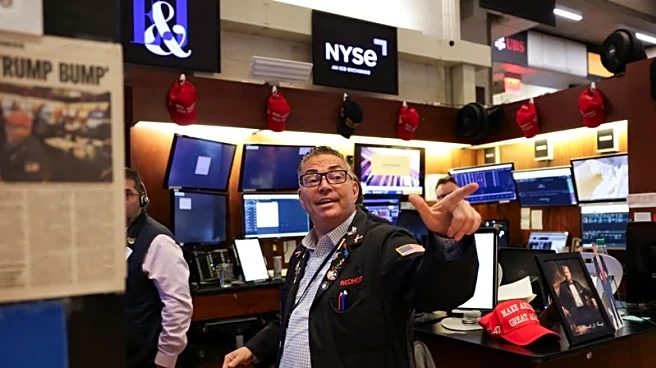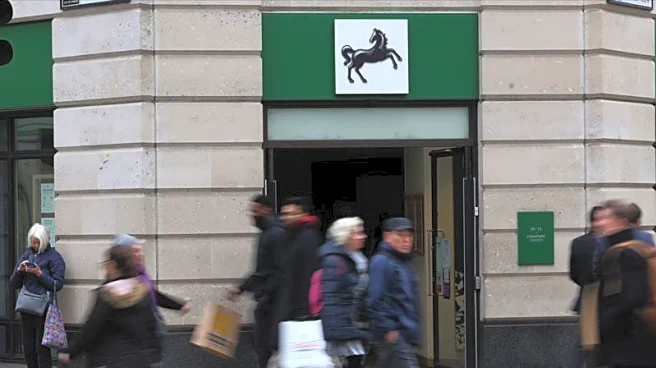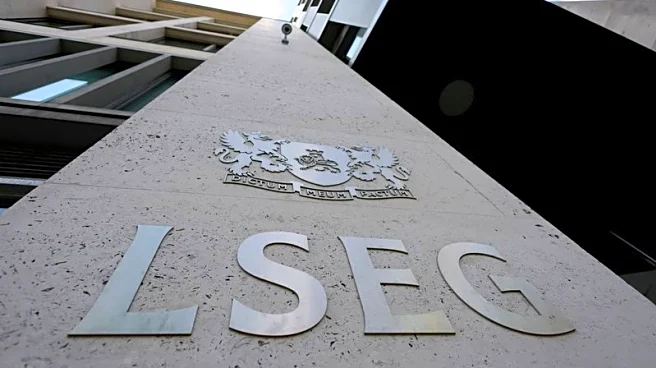What's Happening?
Warren Stephens, the newly appointed U.S. Ambassador to Britain, has transformed Winfield House, the official residence in London, into a showcase of Impressionist art. Stephens, a financier from Little Rock, Arkansas, and a prominent Republican donor, arrived in London with his wife, Harriet, and a selection of their family's art collection. The collection includes works by Cezanne, Renoir, Degas, and Monet, with Monet's 'Effet de soleil couchant sur la Seine à Port-Villez' prominently displayed above the drawing-room mantelpiece. This move aligns with a tradition of American ambassadors using art to enhance diplomatic relations, although Stephens is unique in utilizing his personal collection rather than relying on the State Department's 'Art in Embassies' program.
Why It's Important?
The installation of such a prestigious art collection at Winfield House underscores the role of cultural diplomacy in international relations. By showcasing Impressionist masterpieces, Stephens aims to strengthen cultural ties between the U.S. and the UK, potentially influencing diplomatic interactions. This approach reflects a broader strategy of using art to convey status and taste, which can impact perceptions among visiting dignitaries and business leaders. The presence of these artworks may also serve as a subtle tool in facilitating smoother trade negotiations and fostering goodwill between the two nations.
What's Next?
As Stephens continues his tenure, the art collection may serve as a backdrop for various diplomatic and social events, potentially influencing the tone of discussions held at Winfield House. The ambassador's emphasis on cultural connections and family ties suggests ongoing efforts to deepen bilateral relations. Future interactions with British officials and international guests may further explore the intersection of art and diplomacy, with the collection acting as a catalyst for dialogue.
Beyond the Headlines
The use of personal art collections in diplomatic settings raises questions about the intersection of private wealth and public service. Stephens' approach highlights the potential for art to serve as a bridge between cultures, while also reflecting the ambassador's personal interests and affiliations. This strategy may prompt discussions on the ethical implications of leveraging private assets for public diplomacy, as well as the long-term impact of such practices on international relations.
